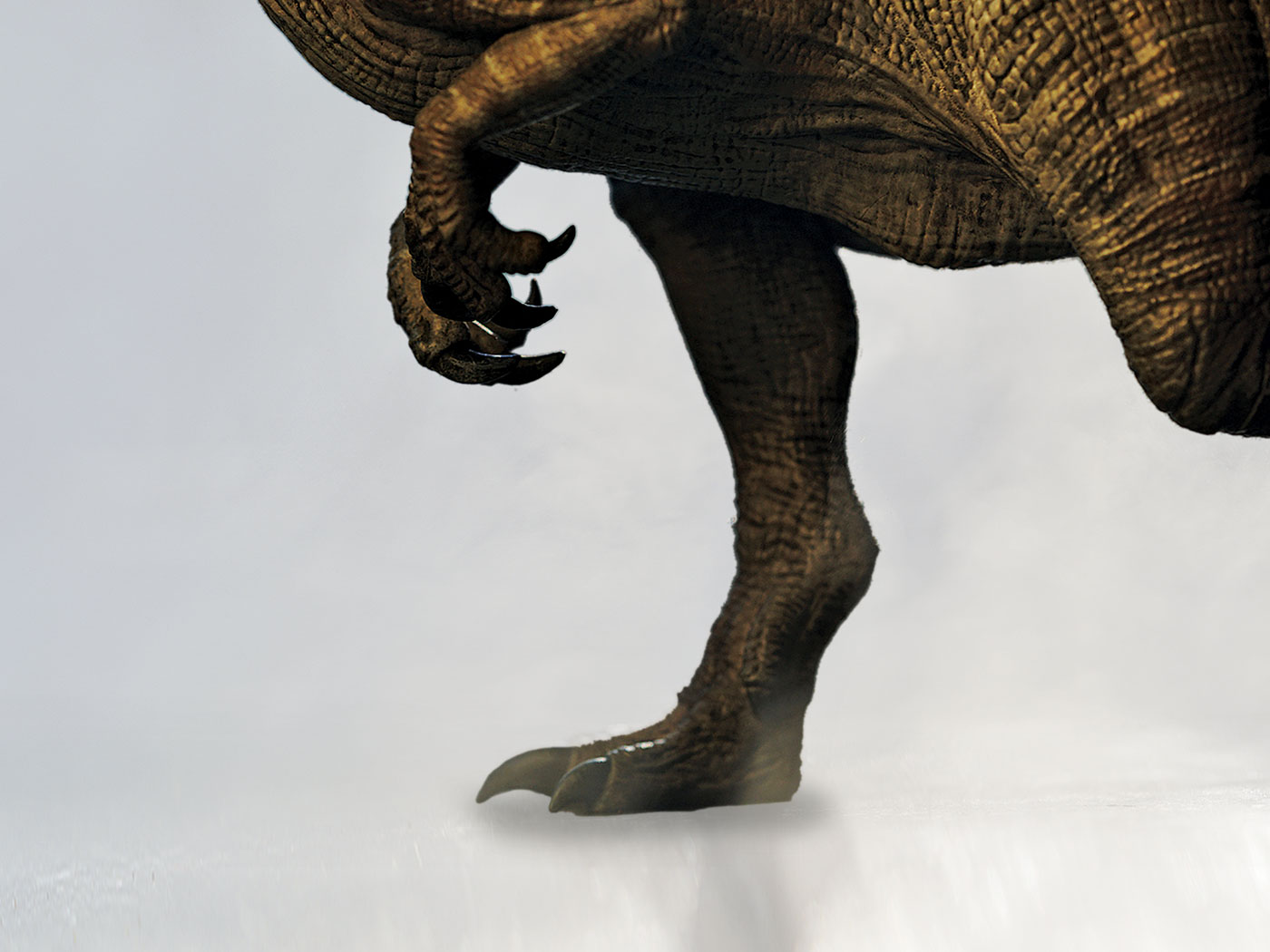Human genetics strongly confirm the Bible’s straightforward history. In studying mutation rates, geneticists have uncovered a clock-like countdown in human DNA. What does the fact that mankind’s mutation clock is still ticking imply about the timing of human origins?
First, we contrast the evolutionary version of human history with the biblical version. Then we can evaluate which history best fits the clear implications from mutation studies.
The most widely accepted evolutionary conjectures assert that mankind evolved from an unidentified ape-like ancestor at least 2.4 million years ago. Humans may have experienced 120,000 generations in that time.1 In contrast, Scripture tells us that there were about 100 generations from Adam to Christ.2 Considering another 100 generations since Christ, a total of about 200 generations have passed since the time of creation.
Now enter the human mutation clock. Geneticists use powerful new tools to directly compare DNA sequences between family members, and computers count every DNA difference, or mutation, that appears in each generation. Mutations are like DNA typos. Because neo-Darwinists consider mutations to be keys to the supposed evolution of humans from non-human ancestors, they are keen on tracking how fast mutations accumulate.
In what is by far the most extensive of these kinds of reports, geneticists tallied each new mutation in 219 people, including 78 parent-offspring trios of Icelandic families.3 They found an average of 63.2 new mutations per trio, meaning that about 60 new mutations are added to each new generation. Prior studies indicate that up to ten percent of new mutations are deleterious (harmful), most mutations cause no noticeable change, and beneficial mutations are virtually unknown.
Mutation expert Alexey Kondrashov reviewed the Nature study and agreed with its authors that these accumulating mutations very likely contribute to increasing incidences of diseases, including schizophrenia and autism. Additional studies confirm these claims.4
Plainly, human DNA sequence quality is relentlessly worsening. Kondrashov wrote, “Because deleterious mutations are much more common than beneficial ones, evolution under this relaxed selection will inevitably lead to a decline in the mean fitness of the population.”5, 6 An inevitable “decline” in a population’s “fitness” is certainly not what most people ascribe to “evolution”!
Each new DNA typo is a tick from a genetic clock counting down to zero. And everybody knows what happens to a clock that stops ticking. Eventually, mutations render vital DNA sequences illegible to cellular machinery, and nobody but the Creator can reverse this inevitable genetic decline.
This process sets a reasonable maximum limit to the total number of possible human generations. At 60 new mutations per generation, evolution’s 120,000 generations would produce 7,200,000 mutations among the three billion letters that comprise the human genome. This greatly exceeds the human genome mutation tolerance.7 Without invoking a miraculous and extremely long suspension of mutational buildup, the human mutation rate alone precludes evolutionary history.
In contrast, the biblical estimate of 200 generations would have produced about 12,000 non-lethal mutations by now—enough to cause increasing diseases, but not yet enough to ruin the human race. The mutational countdown is steady and relentless. The reason we have not yet reached the end must be because we began our journey recently—only thousands of years ago.
References
- Assuming 20 years per generation.
- Average the numbers of generations listed in Mary’s genealogy from Matthew 1 plus those given in Genesis 5 with the number of generations listed in Joseph’s genealogy from Luke 3.
- Kong, A. et al. 2012. Rate of de novo mutations and the importance of father’s age to disease risk. Nature. 488 (7412): 471-475.
- Tennessen, J. A. et al. 2012 Evolution and Functional Impact of Rare Coding Variation from Deep Sequencing of Human Exomes. Science. 337 (6090): 64-69.
- Kondrashov, A. 2012. The rate of human mutation. Nature. 488 (7412): 467-468.
- Even tight selection, wherein the four least fit out of six hypothetical children die and only the two most fit survive, could never reverse mutational buildup, since mutations are overwhelmingly non-beneficial and for other reasons. See Sanford, J. 2008 Genetic Entropy and the Mystery of the Human Genome, 3rd ed. Waterloo, NY: FMS Publications.
- One study estimated human genome collapse after 32,800 years in a population of 1011 and a 1.5 percent fitness decline per generation. See Williams, A. 2008. Mutations: evolution’s engine becomes evolution’s end! Journal of Creation. 22 (2): 60-66.
* Mr. Thomas is Science Writer at the Institute for Creation Research.
Cite this article: Thomas, B. 2012. Human Mutation Clock Confirms Creation. Acts & Facts. 41 (11): 17.





















